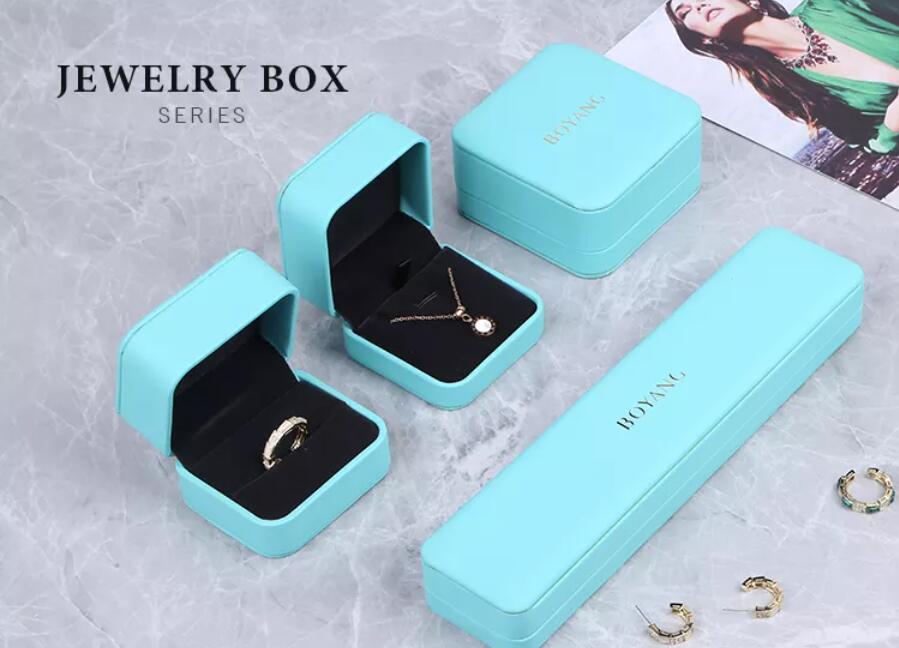You can share
- Share to Facebook
- Share to Google+
- Subscribe to our
- Share to Linkedin
- Share to Twitter

From raw materials to finished products, a fine jewelry packaging box needs to go through a series of complex processes. Each process is indispensable. Next, let's take a deep look at the many processes required for jewelry packaging boxes from raw materials to finished products.
The raw materials of jewelry packaging boxes are the basis of their quality. Usually, the materials used to make jewelry packaging boxes include high-grade cardboard, leather, satin, wood, etc. These materials have unique textures and appearances, which can add a noble temperament to jewelry. When selecting raw materials, it is necessary to strictly control their quality to ensure that they meet relevant standards and requirements.
A successful jewelry packaging box is inseparable from careful design and planning. Designers need to design a unique and market-oriented packaging box style based on the characteristics of jewelry and brand image. This includes the design of the box's shape, size, color, pattern, etc. At the same time, the functionality of the packaging box, such as protecting jewelry and being easy to carry, needs to be considered.

After the design is completed, plate-making and cutting processes are required. Plate making is the process of converting the design pattern into a printing plate, while cutting is the process of cutting the raw materials into corresponding shapes and sizes according to the design requirements. These two processes require high-precision equipment and technicians to ensure that the size of the packaging box is accurate and the pattern is clear.
After plate making and cutting are completed, the printing and surface treatment stage begins. Printing can add rich colors and patterns to the packaging box, making it more beautiful. Surface treatment includes hot stamping, embossing, lamination, and other processes, which can further enhance the texture and grade of the packaging box.
After printing and surface treatment are completed, assembly and decoration processes are required. Assembly is to combine the cut parts into a complete packaging box, which requires delicate manual operation and strict quality control. Decoration includes adding jewelry box lining, accessories, etc. These details can further enhance the quality and attractiveness of the packaging box.
At every stage of the packaging box production, strict quality inspection is required. This includes quality inspection of raw materials, monitoring of process parameters during the production process, and inspection of the appearance and performance of the finished product. Only through strict quality inspection can the quality and reliability of the jewelry packaging box be ensured.
Finally, the completed jewelry packaging box needs to be packaged and transported. Packaging can protect the box from damage during transportation, while transportation requires choosing the right method and route to ensure that the box can reach the destination in a timely and safe manner.
In summary, making a jewelry box requires multiple processes, and each process requires careful design and operation to create an exquisite, high-quality jewelry box. These processes not only reflect the exquisiteness of the production process but also reflect the jewelry industry's pursuit of details and quality. As consumers have higher and higher requirements for jewelry packaging, the production process of jewelry boxes will continue to innovate and develop, bringing more surprises and value to the jewelry industry.